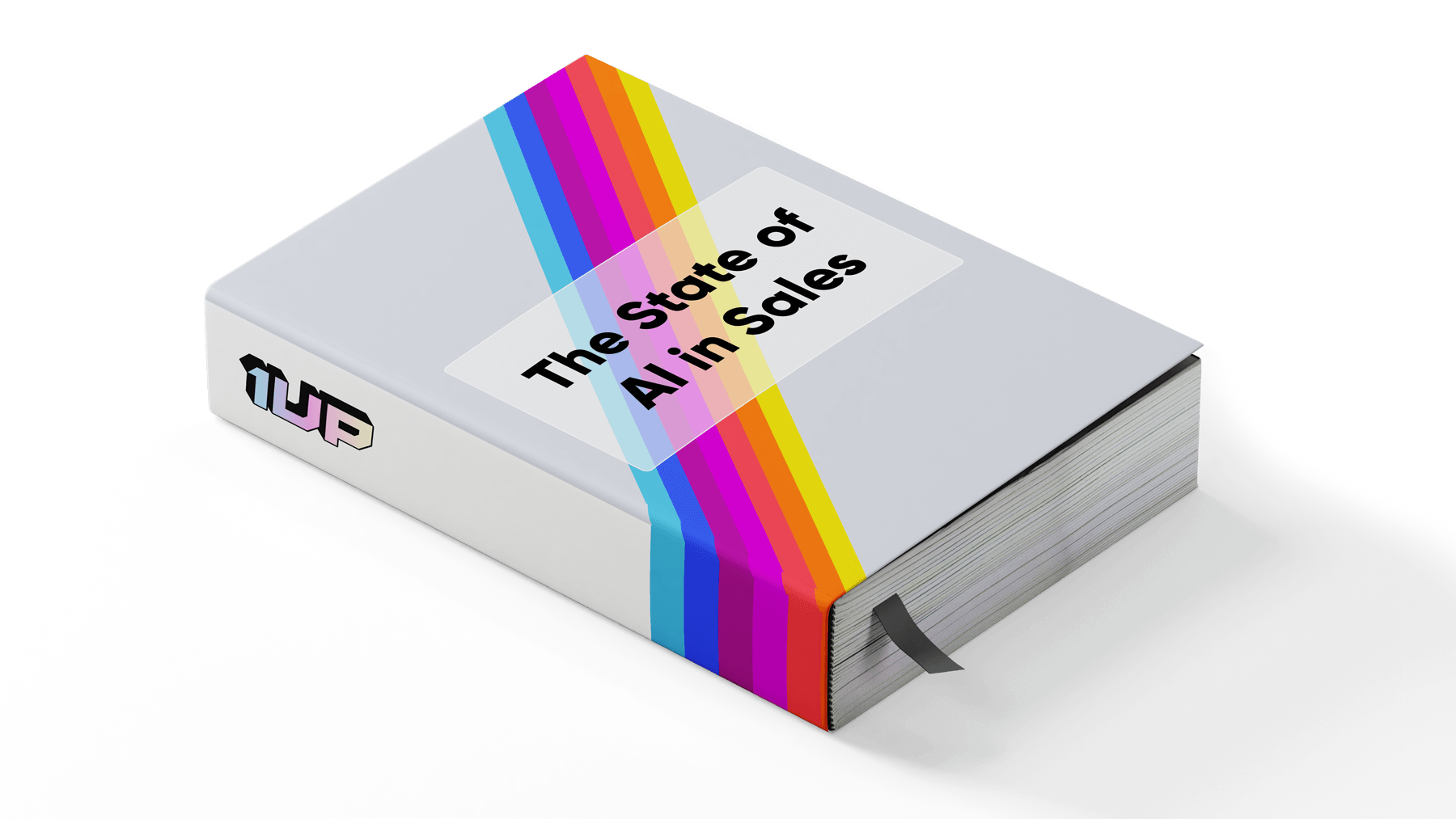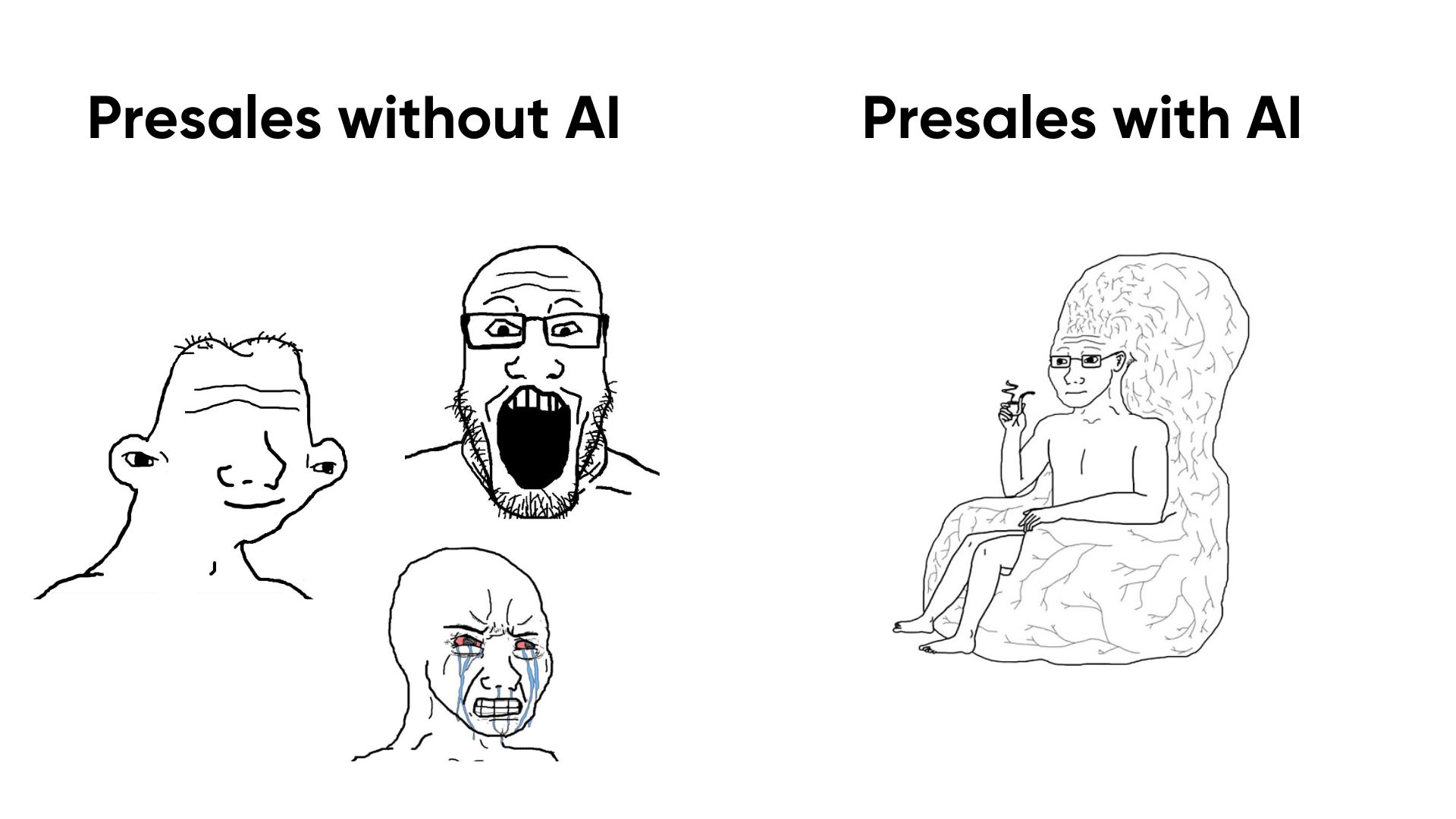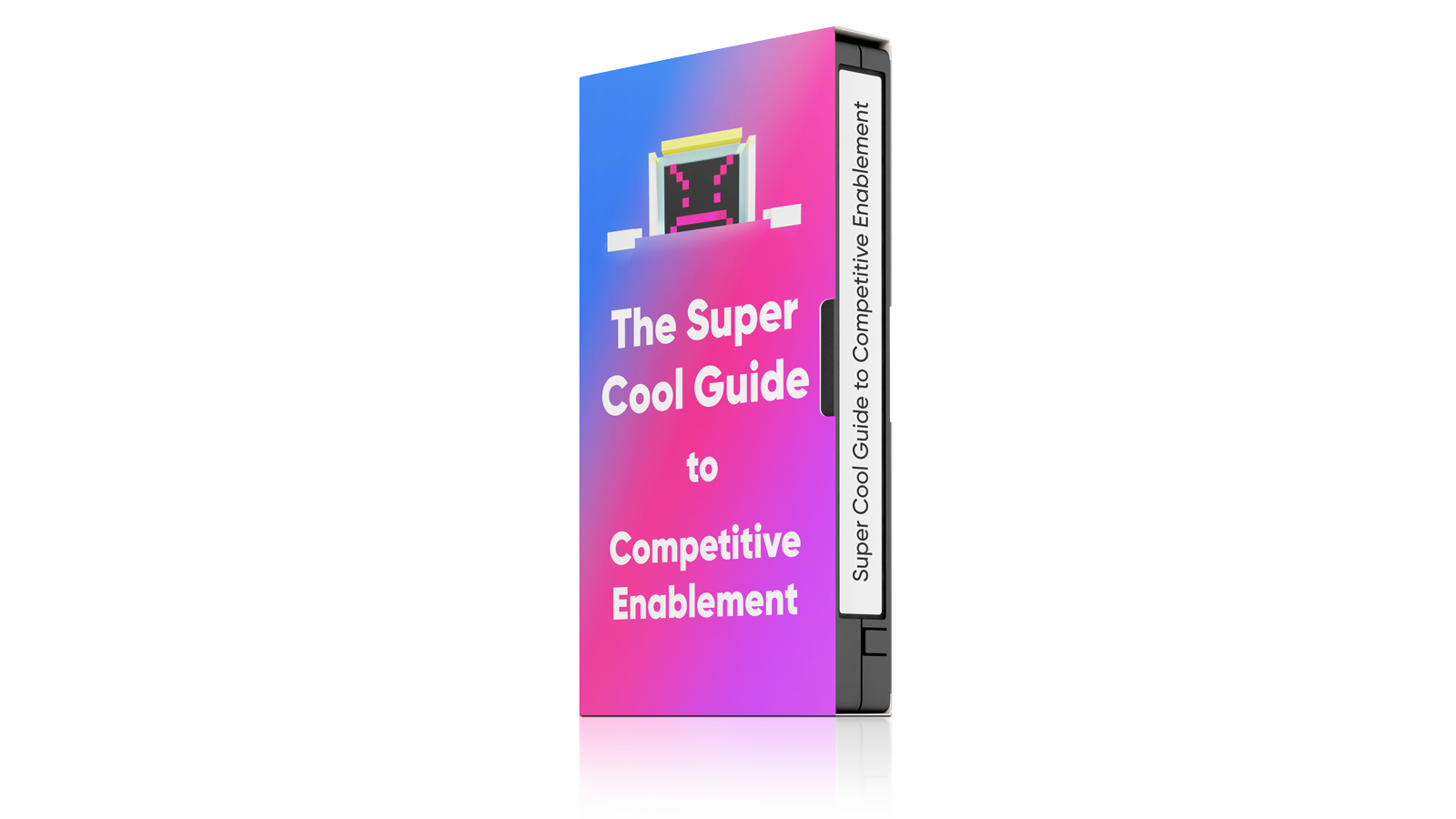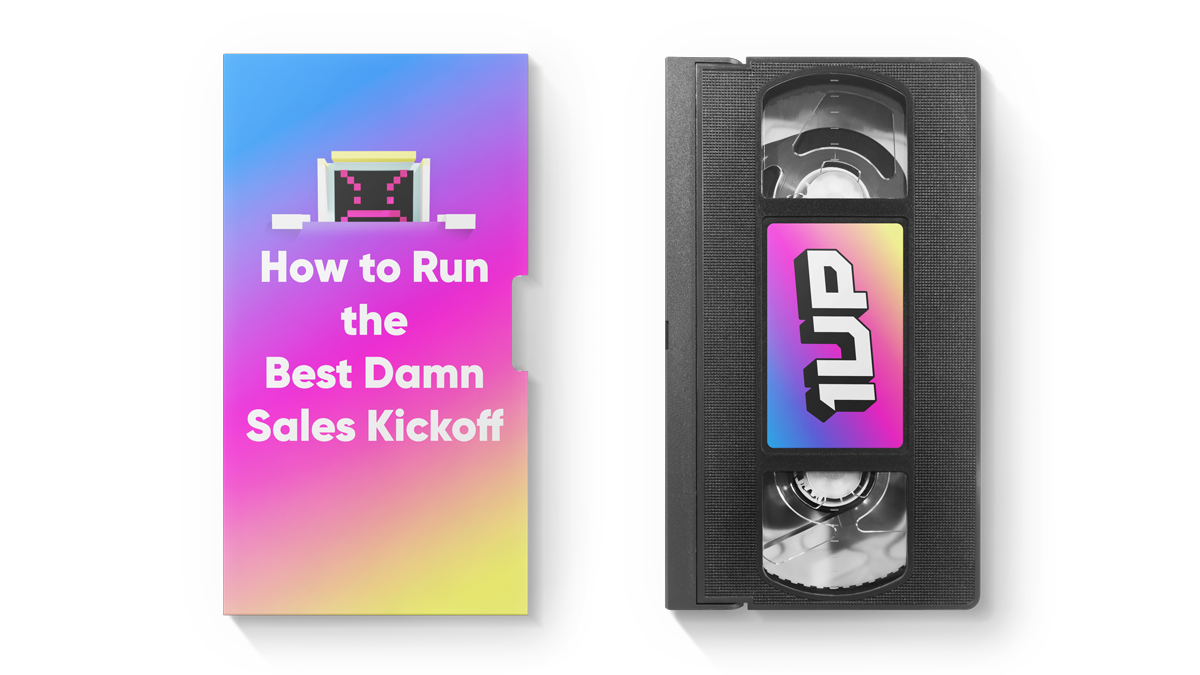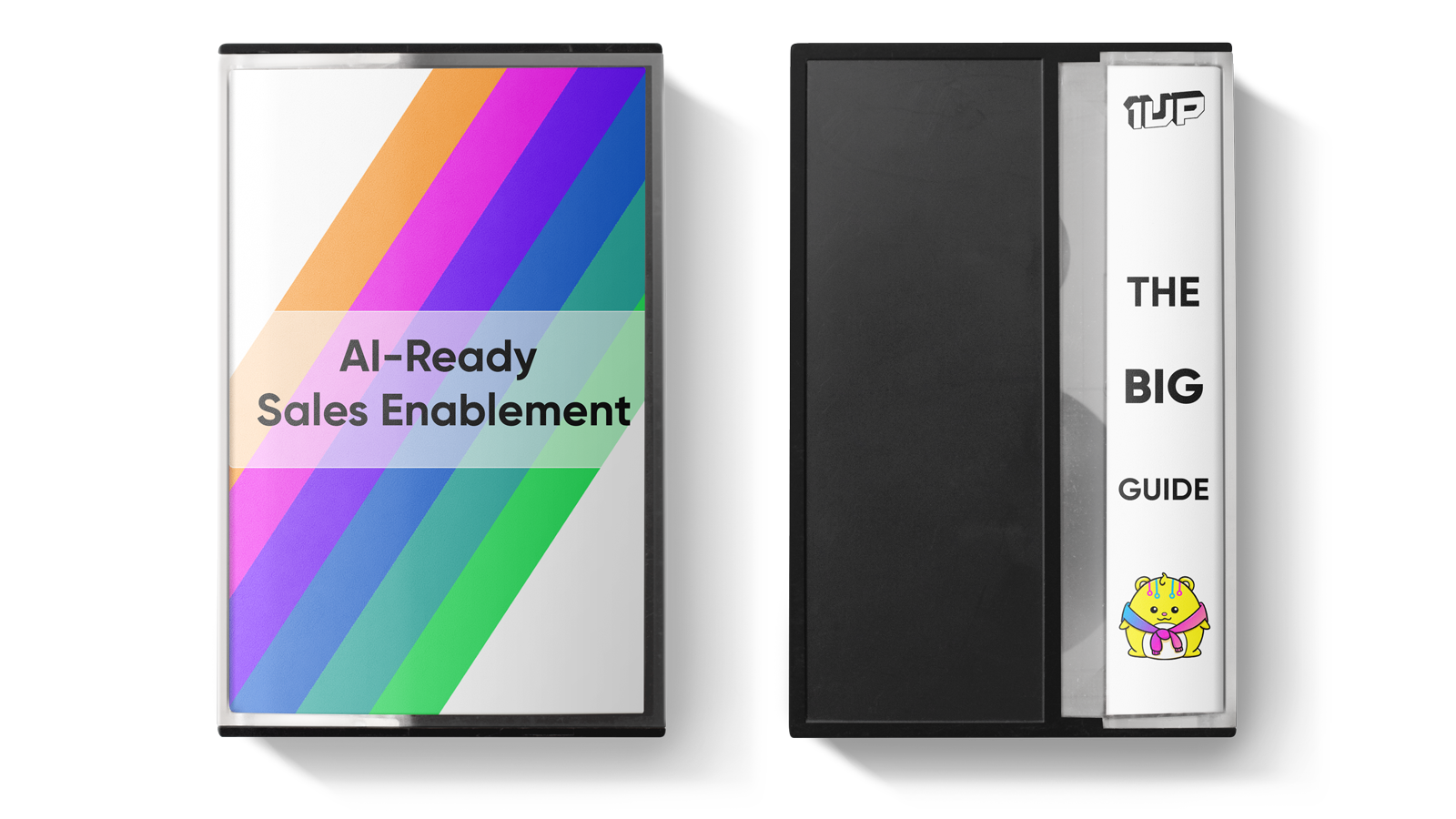Sales Engineers have a tough job.
They’re expected to know everything all the time and be available for everyone. They need to be able to sell, demo, deploy, and fix the product. In some organizations, it can feel like SEs are literally building the train tracks while the train is riding along on them.
Yet for such an important role, there aren’t many obvious automation tools to choose from.
Sales and Marketing teams have thousands of tools to help speed up day-to-day tasks. As do product managers and engineers. But what about the SE team? What does “Sales Engineering Automation” even entail?
We spoke to over a dozen SEs and found out what tools they’re using these days.
1. Zapier
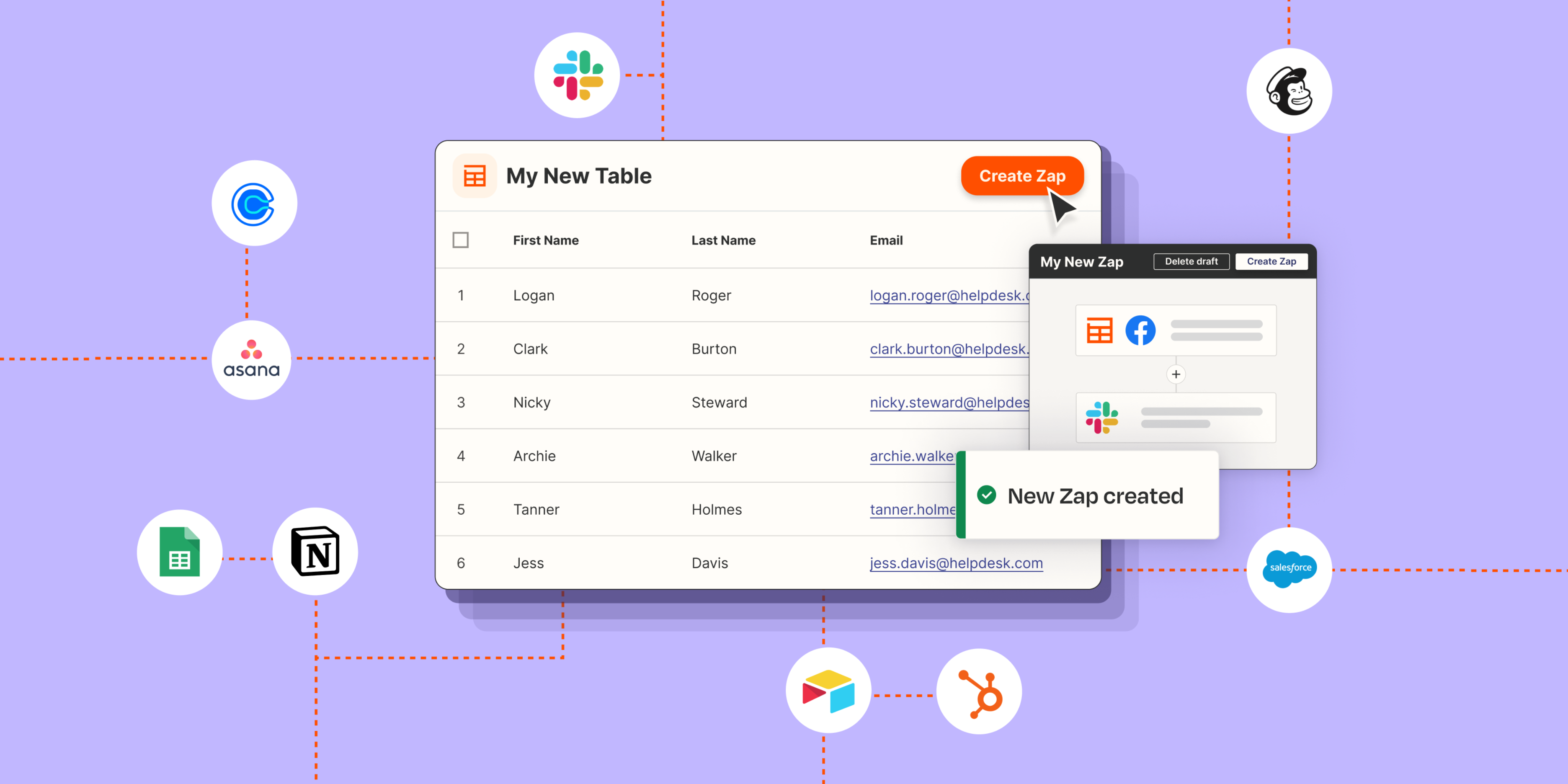
Zapier is a well-known workflow automation tool among developers…but did you know Sales Engineers love it too?
One of the challenges technical sales teams face is asking the product folks for integrations and feature requests. These requests can take time, and customers are impatient. The ability to demonstrate a simple integration can go a long way to winning a sales cycle and alleviate pressure on the core product team.
Zapier enables SE teams to create a rapid prototypes, lightweight demos, and full-fledged integrations. It’s a great way for SaaS presales teams to demonstrate product capabilities customized to a user’s requests without distracting the product teams. That’s a huge win for anyone trying to speed up the sales cycle.
2. Vivun
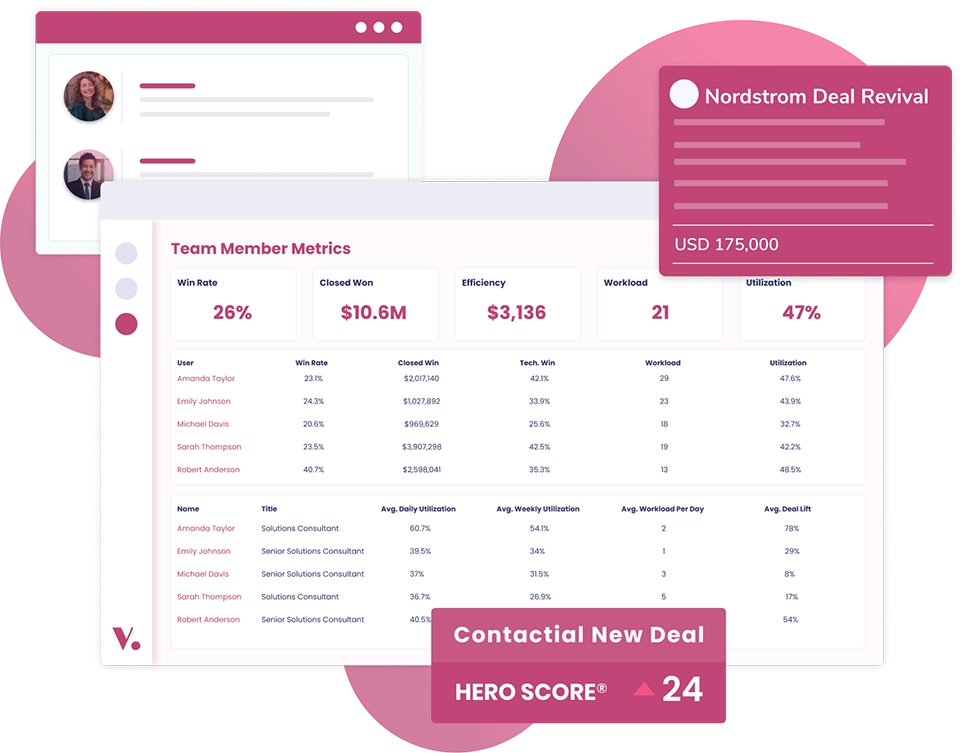
Vivun is one of the few platforms we’ve seen that’s purpose-built for Pre-sales teams.
What’s great about a product like Vivun is that it’s designed around specific SE workflows which are often neglected by the broader sales tech stack. For example, the ability to personalize demos for customers and map that usage to CRM stages is a unique capability we haven’t seen elsewhere.
Technical sales teams have no shortage of complaints about Salesforce, so a tool like Vivun is a welcome addition to the SE tech stack. We expect to see more products built for this persona as use cases for SE automation continue to expand.
3. Calendly

Sales cycles are rife with chaos, especially when dealing with big, demanding clients. Scheduling meetings is one of the more painful parts of that process. For sales engineers, this is amplified by the need to be on-call for urgent customer requests.
Calendly takes the pressure off SEs by making it easy for teammates and customers to schedule time. It also allows the you to set boundaries around availability for both your coworkers and customers. A great Sales Engineer will always hop on a call to help their AE win a deal – Calendly has shown us that this doesn’t have to be a painful process.
4. Gamma
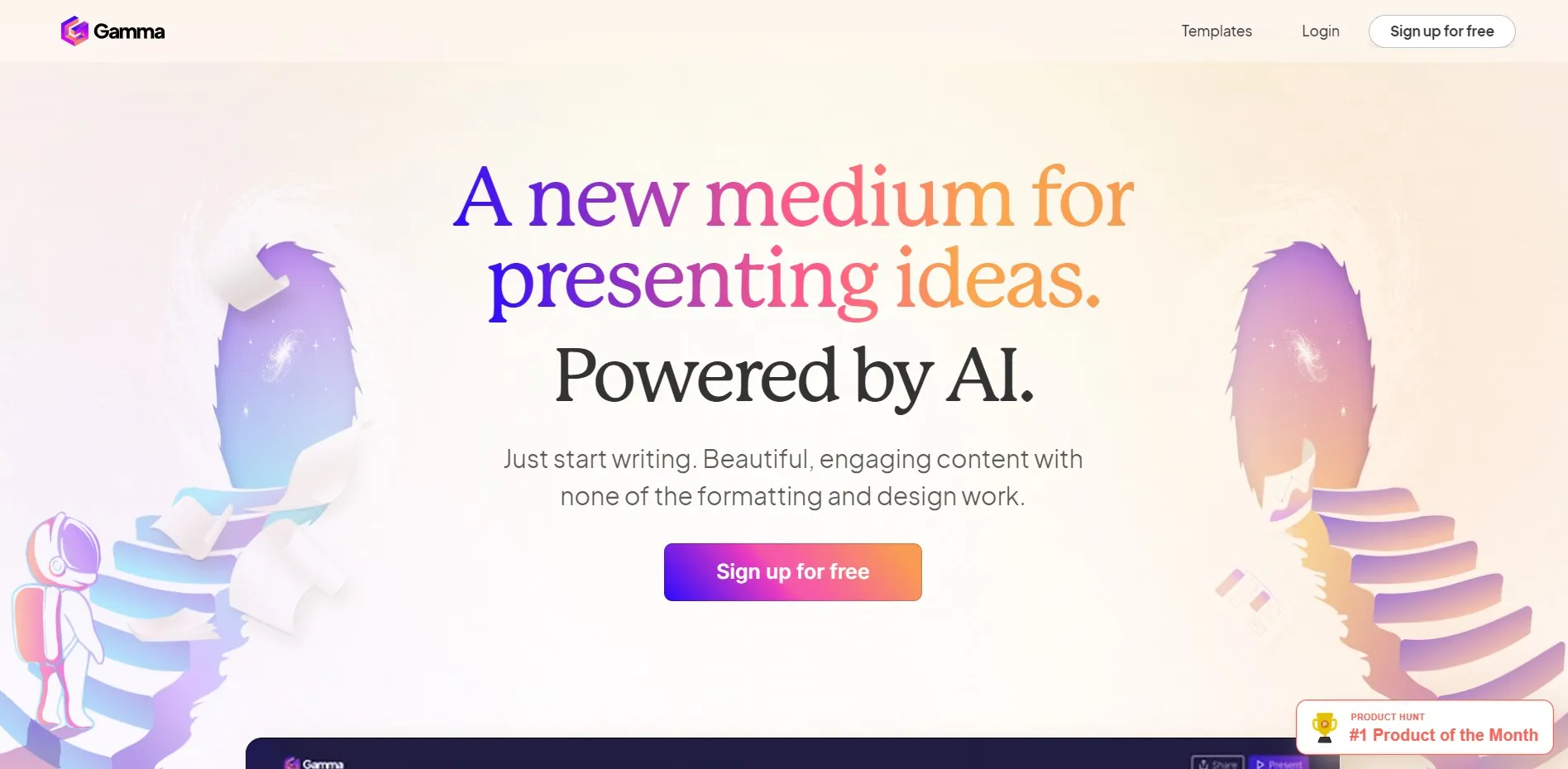
Sales engineers are often in a position where they need to create presentations on the fly, at the last minute, or under pressure. Eliminating the need for extensive design (and Powerpoint) is a huge win for keeping an SE’s mental health in a good place.
Gamma is a presentation design platform that makes it easy to generate pitch decks, technical presentations, and more. Of course it’s powered by AI, but what’s cool about Gamma is how easy it is to generate documents, presentations, and even webpages. There’s no shortage of presentation tools, but Gamma comes up often in our conversations with the broader sales community. The ability to whip up a customer presentation in minutes can be a huge win, and it will be interesting to see how tools like this can eliminate some of the mundane presentation work involved in a customer deployment.
5. Otter.ai
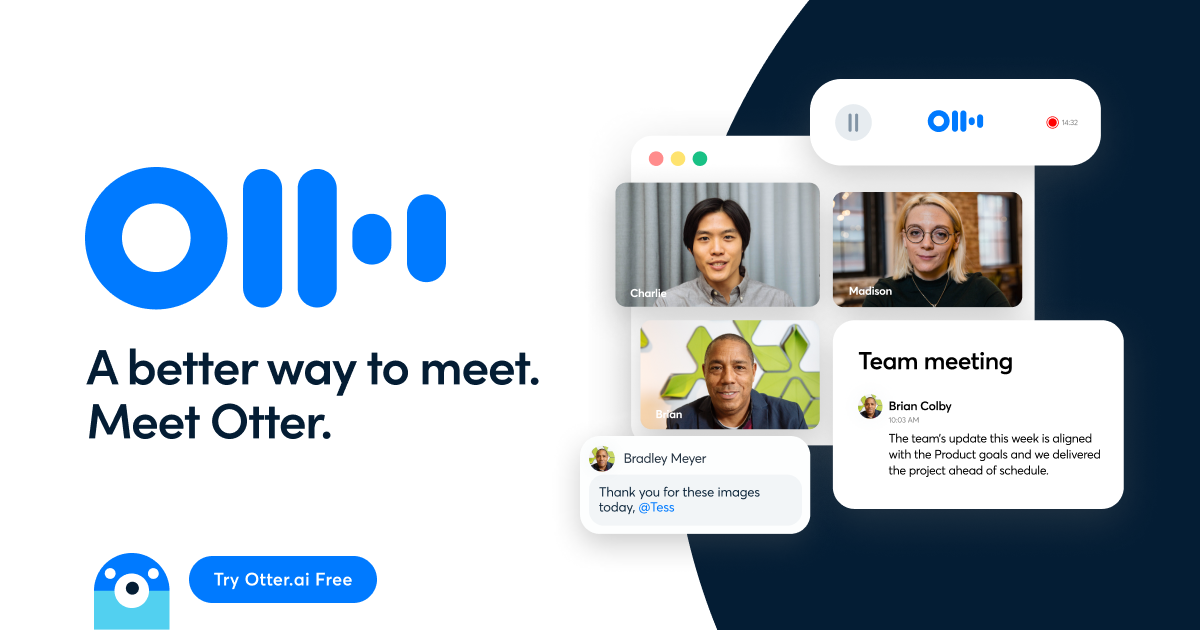
SEs are expected to handle dozens of calls all the time. Some of these can get pretty technical, and you don’t always have the luxury of an Account Executive on these calls with you taking notes. Tools like Otter have done a great job of transcribing calls so you don’t have to.
Otter automatically extracts insights, composes follow-up emails, and shares call notes with your CRM. The ability to transcribe calls in real time can help Sales Engineers focus more on the customer deployment and worry less about note-taking.
6. Slack
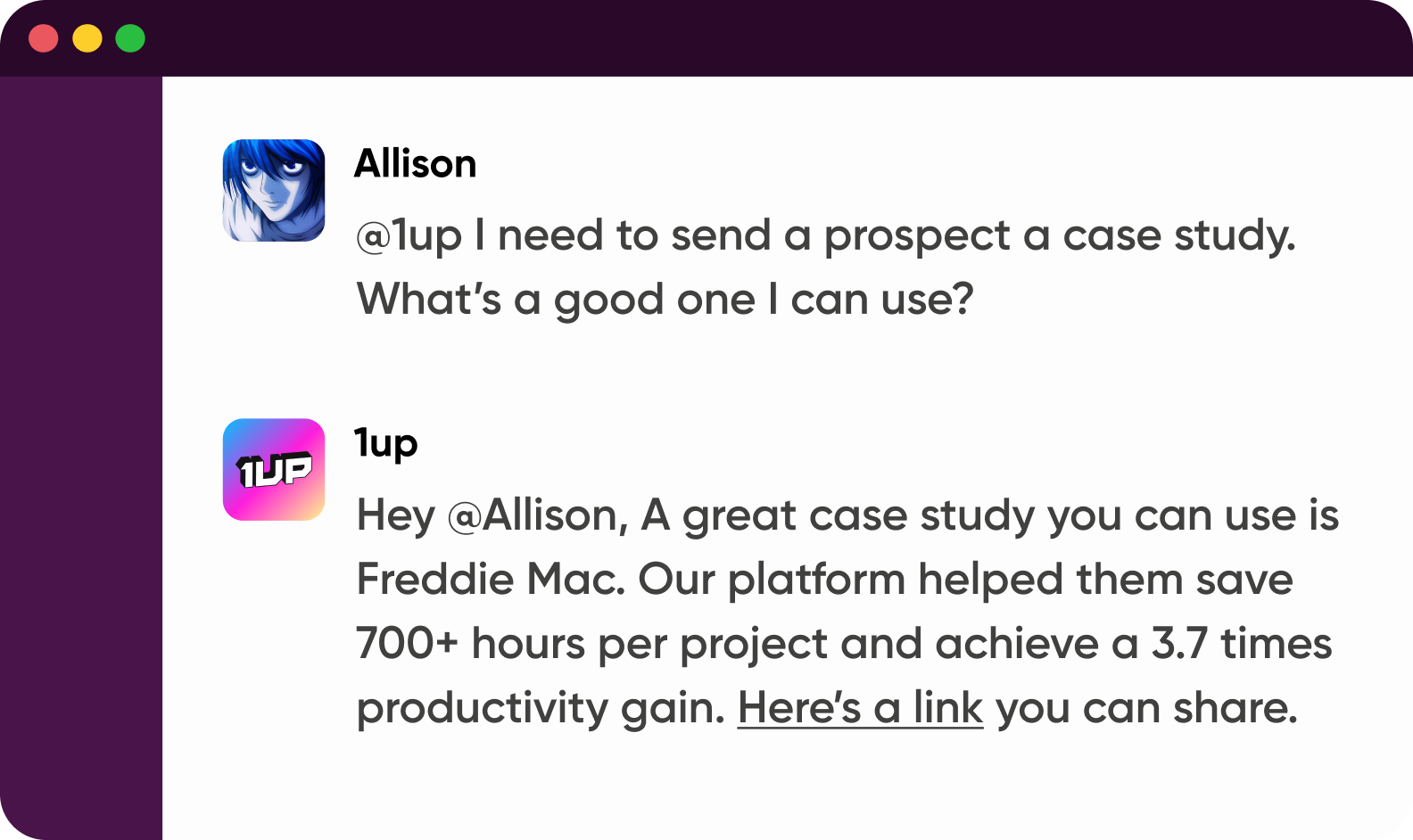
Sure it can feel like a distracting nightmare at times, but Slack is still the messaging tool of choice among technical sales teams. In fact, we’re hearing more technical teams using Slack to streamline communication with users during a customer deployment. The trick is to set up your Slack channels in a way that promotes communication while putting guardrails around needless distraction.
Here are some tips:
- Setup a separate Slack channel(s) for SE teams. You can segment by territory if you want to keep the channels small.
- Setup your notification times. SEs have a habit of being pinged at odd hours of the night, especially during a heated sales cycle.
- Connect a chatbot. Automating responses to technical questions can help alleviate pressure during busy hours and is a good example of how AI is helping Sales Engineers.
7. 1up
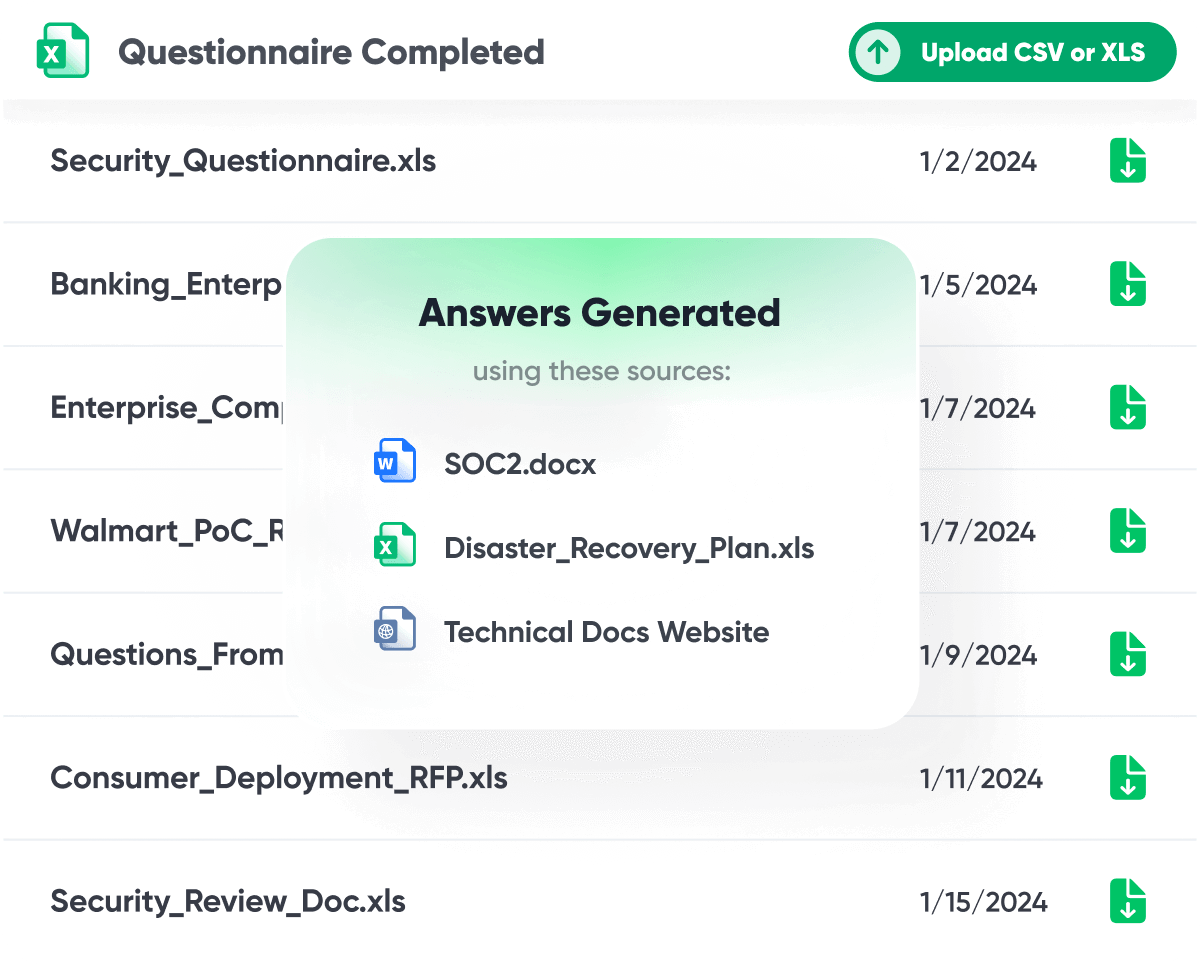
Painful questionnaires and RFPs have become more and more commonplace in recent years. Unfortunately, Sales Engineers can get stuck dealing with them. Why? Because they’re seen as the source of truth by other departments.
It’s no surprise that we’re seeing more sales teams automating security questionnaires with 1up. Instead of manually writing, proofreading, and editing a 200-row questionnaire, SE teams are able to take the grunt work out of the process and focus more on information quality and final reviews.
Are Sales Engineers automating themselves out of a job?

We hear this nonsense for every role these days.
On the list of job functions that might be replaced by robots, the Sales Engineer is at the very bottom. Yes, the idea of a virtual solutions engineer has been popularized in recent years, but the role carries much more responsibilities that cannot easily be automated.
How is an AI going to sell a customer, demo a product perfectly, hop on a call after-hours to troubleshoot it, make a customer feel good, calm a sales manager down, and execute a deployment process to perfection all while being pulled in 10 different directions?

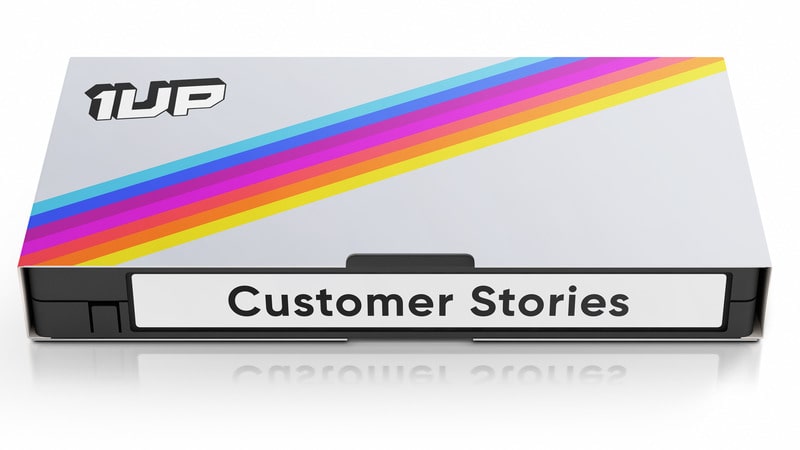

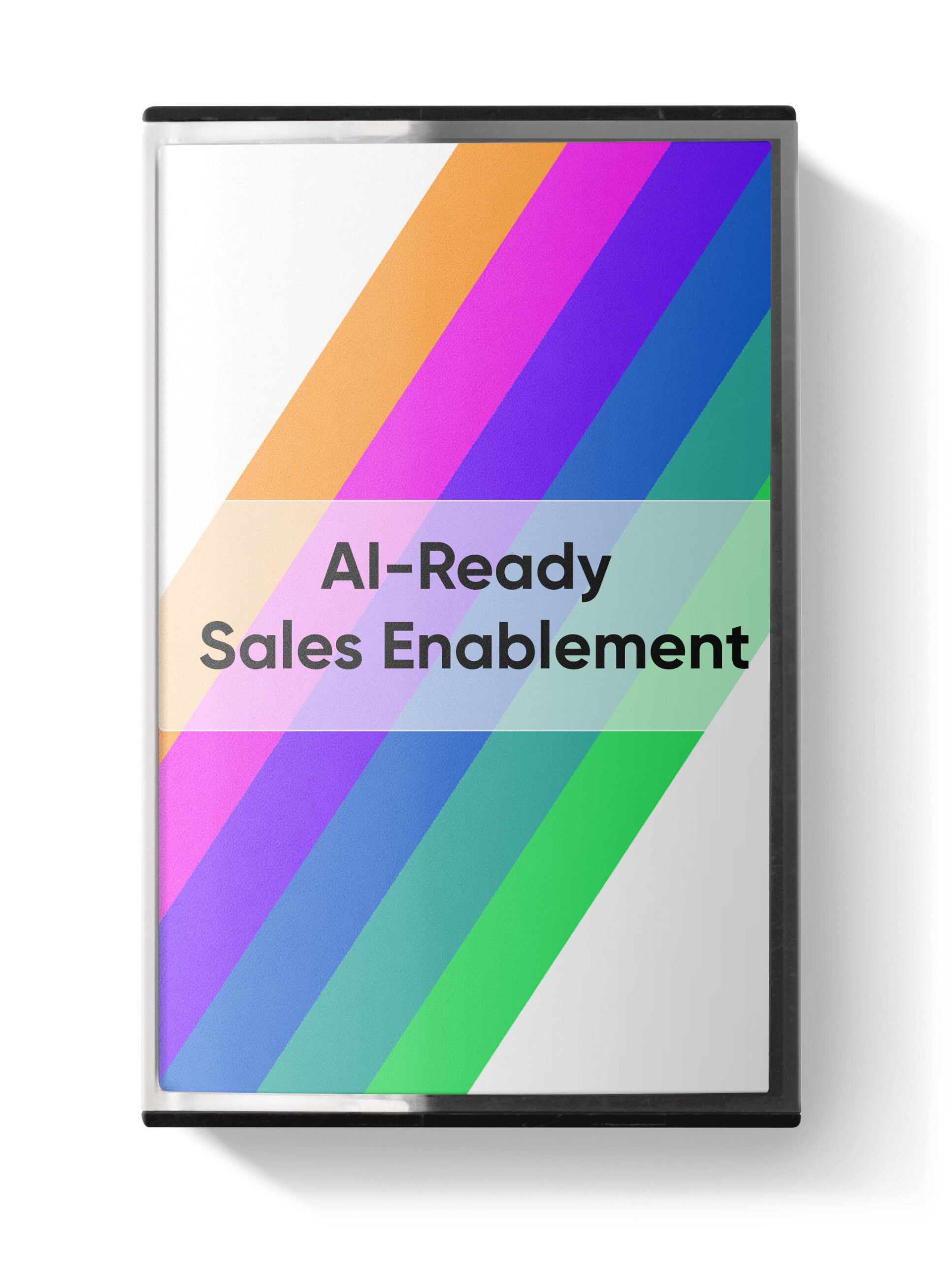
 Instagram
Instagram 


